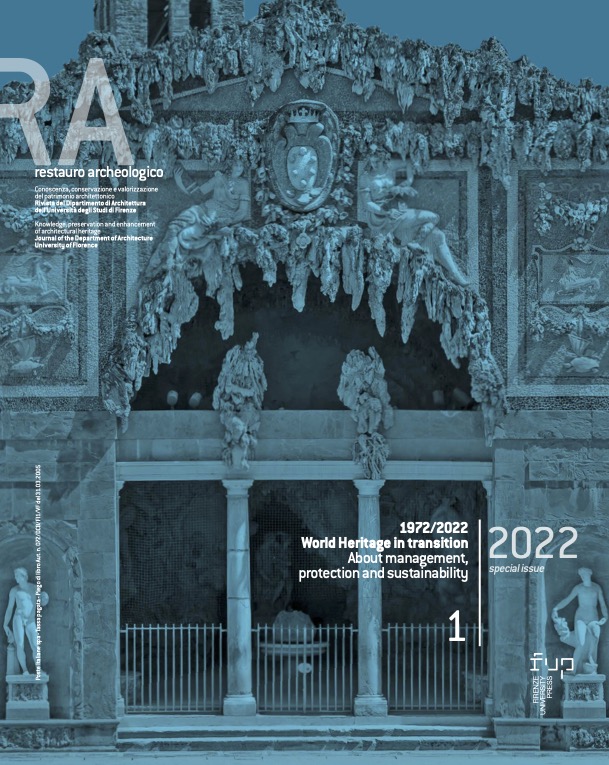Published 2023-02-03
Keywords
- Art works,
- Cultural heritage,
- Seismic performance,
- Seismic safety,
- Florence
How to Cite
Abstract
Florence is known all over the world for its history, monuments, Museums, and artworks. Unfortunately, such precious manufacts are not always adequately protected against natural hazards. Works of art, indeed, are very vulnerable to seismic effects, due to their irregular and slender shapes, and their fragile materials. All these reasons make them vulnerable to seismic events even when they do not achieve a destructive intensity. The current Technical Codes point out such vulnerability, despite providing guidelines not completely adequate to prevent the seismic damage. In this frame, a research activity has started within the Department of Architecture of Florence aimed at investigating the dynamic response of artworks to seismic events, including both simplified form-filling and more detailed Finite Element analyses. In this work, the seismic performance of the marble statue “Oceanus” by Giambologna has been as- sessed by adopting three different analytical models.


